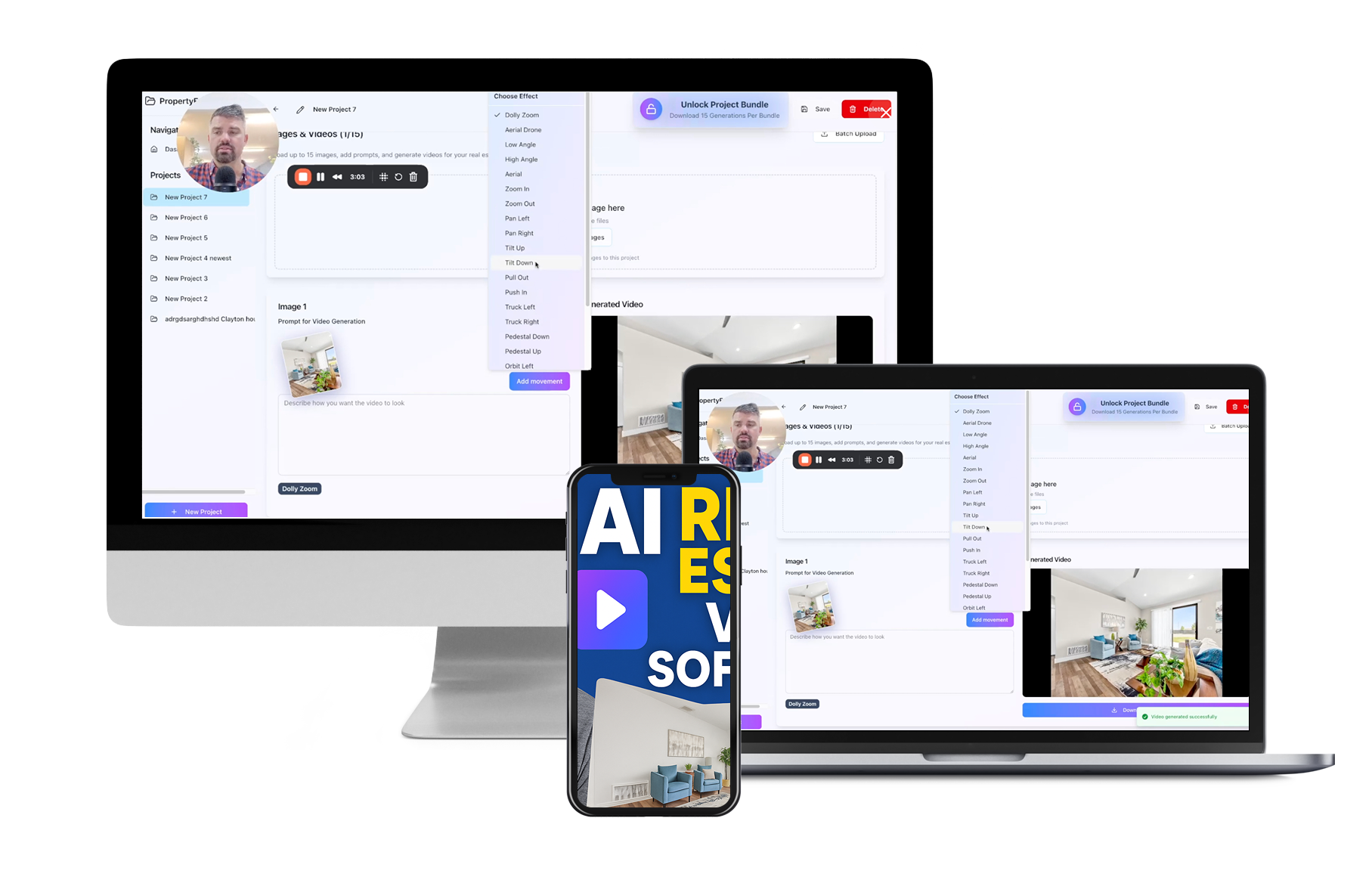
From Augmented Reality to Mixed Reality: Innovations Changing Home Buying Experiences
The real estate industry has seen transformative changes over the years, but nothing compares to the technological revolution from augmented reality to mixed reality: innovations changing home buying experiences. These emerging technologies are not only enhancing the way buyers explore properties but also reshaping the very essence of real estate transactions.
Understanding the Shift From Augmented Reality to Mixed Reality
In recent years, the transition from augmented reality (AR) to mixed reality (MR) has led to significant innovations in home buying. Both technologies enhance the capabilities of real estate professionals by using virtual elements to create interactive environments. Augmented reality to mixed reality: innovations changing home buying experiences does not just describe a technological shift; it represents a new dimension in customer engagement and property visualization.
What is Augmented Reality?
Augmented reality overlays digital content in the real-world environment. For example, AR apps allow home buyers to point a smartphone camera at a room and see how various furniture pieces would fit into the space.
What is Mixed Reality?
Mixed reality takes AR a step further by blending real and digital worlds, creating new environments where physical and digital elements co-exist and interact in real-time. This technology allows potential buyers to walk through a 'virtual' version of their future home, interact with features, and experience the space as if they're physically there.
Top Innovations Changing Home Buying Experiences
The journey from augmented reality to mixed reality: innovations changing home buying experiences has brought several groundbreaking changes. Here are some of the most profound innovations:
Virtual Property Tours
Virtual tours have revolutionized the home buying process by allowing prospective buyers to explore properties remotely. With these tours, buyers can virtually 'walk through' homes, gaining a comprehensive understanding of layouts, styles, and features from the comfort of their couches.
- Interactive 3D Models: These models provide an immersive, 360-degree view of properties.
- Customization Options: Buyers can change colors and materials of walls, floors, and countertops in a 3D space.
Enhanced Visualization
MR provides a more realistic experience by allowing buyers to interact with homes that blend digital assets with the physical world.
- Staging and Furniture Placement: Buyers can visualize different design options and furniture placements.
- Future Modifications: Allows potential homeowners to see how their customization ideas would look in real space.
Benefits of AR and MR in Real Estate
Adopting AR and MR technologies introduces a plethora of benefits for both real estate professionals and home buyers. This section sheds light on why these technologies are game-changers.
For Buyers:
- Saves Time: Instead of visiting multiple locations physically, buyers can shortlist options using AR and MR tours.
- Informed Decisions: Detailed visualization helps in making better-informed choices.
- Reduces Cognitive Load: Visual interaction reduces the mental effort needed to imagine spaces traditionally.
For Real Estate Professionals:
- Broadens Market Reach: Real-estate agents can showcase properties to international clients.
- Streamlines Transactions: Digital showcases allow faster decision-making.
- Highlights Unique Features: Specific property features can be emphasized through digital enhancements.
Practical Applications in Today's Market
Efforts made by companies using From augmented reality to mixed reality: innovations changing home buying experiences include technologies that have already been rolled out with incredible results.
Real-Life Examples
- Matterport: A leader in creating digital property twins using 3D capture technology.
- Zillow 3D Home Tours: Offers 3D and interactive floor plans for clients.
- Magicplan: Allows users to generate floor plans and measure spaces simply.
The Future of Home Buying: What to Expect
Looking ahead, the potential for growth and integration of MR and AR in real estate is phenomenal. These innovations will not only continue evolving but will become standard practices within the industry.
Predictions for the Industry
- Increased Personalization: Buyers will have the ability to personalize their future homes in more interactive ways.
- Integrated Smart Home Features: AR and MR will enable seamless testing and integration of smart home technologies.
Challenges and Considerations
Adopting new technology does not come without challenges:
- Technological Limitations: Tech needs the capability to support high-end graphics, which can be costly.
- User Adoption: Older generations might need more assistance adapting to new tech.
- Privacy Concerns: Ensuring user data privacy in virtual environments is critical.
Conclusion: Embracing the Future of Home Buying
As we move forward in the digital age, the innovations from augmented reality to mixed reality: changing home buying experiences have become more than just technological advancements; they are pioneering enhancements that will shape the future of real estate. Buyers and sellers must embrace this technology to stay ahead of the curve. It's time to digitally pivot whether you are purchasing a home or selling it.
Ready to explore the possibilities? Embrace these technologies today and transform your home buying experience through enhanced reality!



